Understanding Mississippi’s Mass Incarceration
Mississippi leads the world in mass incarceration, surpassing even large countries like China. The prison population here is on an alarming rise, expected to exceed 22,000 by 2023. This spike stems from failed reforms and shifting parole policies. The Mississippi Department has a tough task addressing these issues. Shockingly, the Black imprisonment rate is nearly five times higher than the white rate. Drug offenses aren’t the major cause, making up just 18% of cases. However, harsh laws persist. The parole board isn’t helping much, with fewer paroles granted. Our justice statistics reveal a need for change. Let’s explore how Mississippi jails and prisons can improve this criminal justice crisis.
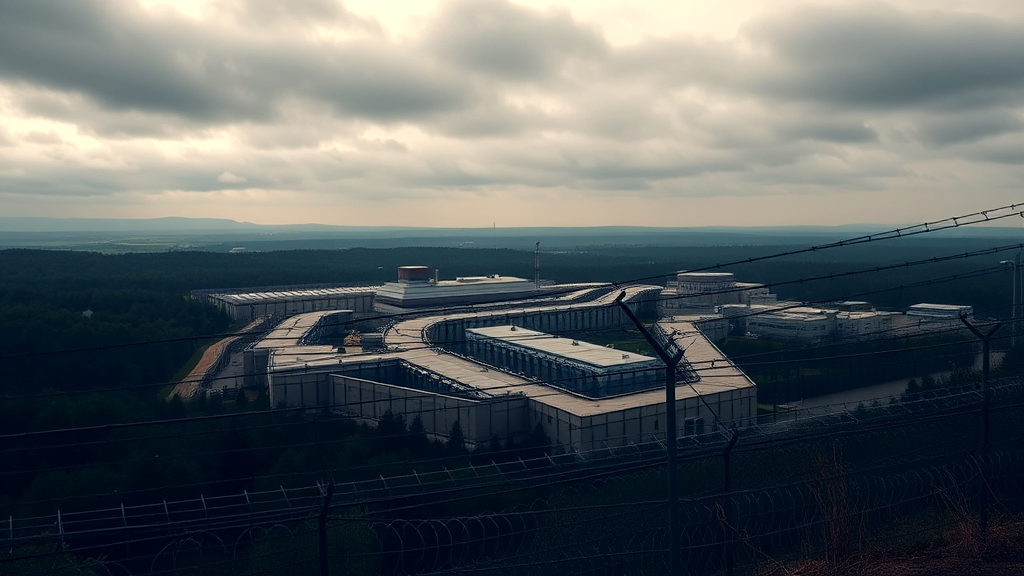
Five Key Justice Statistics in Mississippi
Delving into the five focal justice statistics in Mississippi reveals stark realities. The jail incarceration rate in Mississippi is 85% higher than the national average, illustrating a significant over-reliance on incarceration. Among these incarcerated, Black residents face a white imprisonment rate nearly five times higher, showcasing deep-seated racial disparities. The state prisons have seen an unsettling increase in inmate numbers, growing by over 2,000 in just 2022. Interestingly, contrary to common belief, drug offenses account for just 18% of cases in Mississippi prisons. The Sentencing Project highlights this, pointing to severe sentencing laws and Mississippi jails‘ preference for incarceration over rehabilitation. The parole board‘s declining grant rate adds to the crisis, indicating a need for reform. These figures paint a grim picture, urging the criminal justice system to rethink its approach. As mass incarceration continues to rise, prioritizing comprehensive reform remains critical. The Mississippi Department must navigate these challenges to foster a more equitable justice system.
Analyzing Racial Disparities in Prisons
Examining the racial disparities within state prisons, Mississippi’s justice system presents a complex picture. The disproportionate imprisonment rate of Black residents compared to white residents highlights ongoing systemic issues. Black individuals face nearly five times the incarceration rate of their white counterparts. This isn’t just a numbers game; it’s a reflection of deeper societal biases and historical injustices in sentencing and parole outcomes.
A closer look at the sentencing project reveals that the state’s approach leans heavily on punitive measures. This affects the demographic composition of Mississippi jails. While many assume drug offenses dominate, that’s not the case. The state’s harsh policies ensure this isn’t limited to drug-related crimes.
The parole board plays a significant role in maintaining these disparities. With fewer paroles being granted, the chances for rehabilitation and release diminish. The need for overhauling policies to promote equity and fairness is glaring. Addressing these disparities is crucial for justice statistics and the broader community. Can Mississippi turn the tide on its history of mass incarceration?
Impact of Drug Offenses on Prison Population
The influence of drug offenses on Mississippi’s prison population is significant, though not the sole driver. Mississippi’s stringent sentencing laws have led to an influx of inmates for low-level offenses. These policies contribute to one of the world’s most severe rates of mass incarceration. Although just 18% of inmates are imprisoned for drug-related crimes, the state’s harsh approach to these offenses plays a crucial role in keeping numbers high.
The rising jail incarceration rate reflects the broader issues at play. The parole board‘s reluctance to grant parole exacerbates the state’s growing number of inmates. Many believe that reform could help, but efforts have been sluggish.
Without significant policy changes, Mississippi’s state prisons will continue to swell. The state’s approach creates a vicious cycle, trapping individuals and straining resources. It’s clear that better solutions are needed. Reducing incarceration for minor drug offenses could be a good start. Mississippi must shift focus from punishment to rehabilitation.
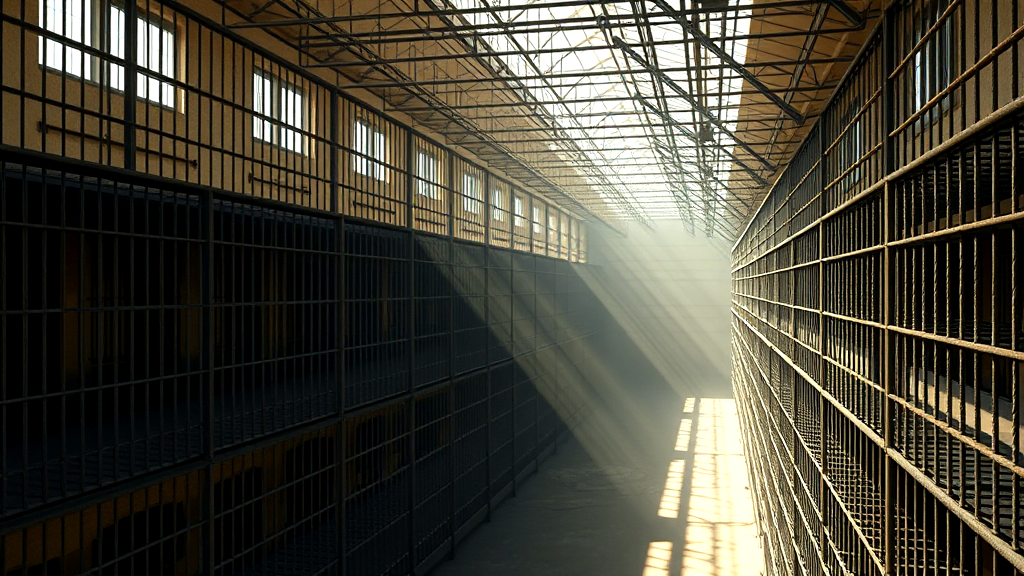
Parole Policies and Their Effects
Changes in parole policies are shaking things up in Mississippi’s incarceration scene. The decline in granted paroles is quite the curveball, making the prison population swell. Many folks had hoped recent reforms would ease the burden, but the opposite happened. Now, this has landed Mississippi in hot water, with some calling it a crisis. The parole board seems to have hit the brakes, leaving many scratching their heads.
The justice statistics are telling a grim tale. Mississippi’s numbers paint a stark picture, and the sentencing project might need to dust off the drawing board. With the white imprisonment rate significantly lower than others, there’s a lot to unpack. And what about the state prisons? They’re bursting at the seams. This trend isn’t just a hiccup; it’s a full-blown issue.
The system needs a shake-up. Addressing these challenges requires more than just band-aid solutions. Real change is in order. Mississippi’s prison woes demand a closer look and maybe some new strategies.

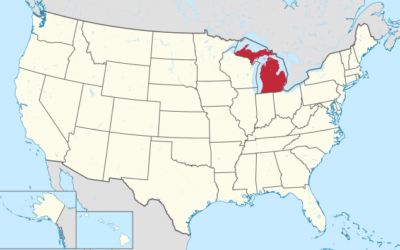
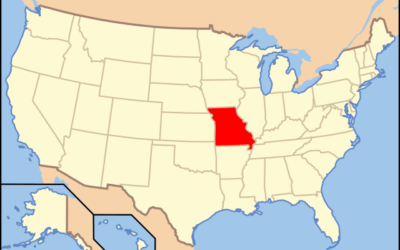
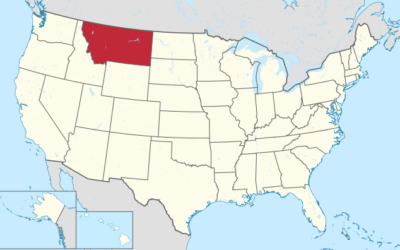
0 Comments